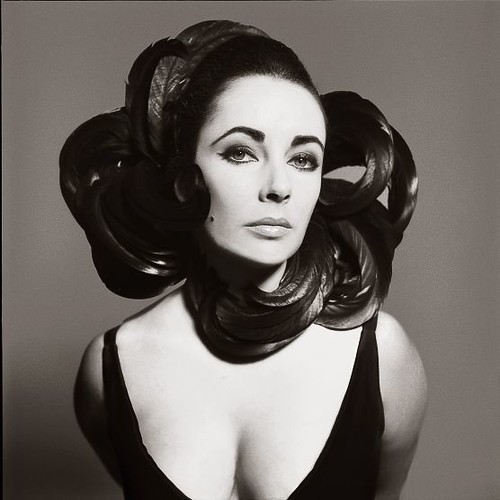
Rembrandt self portrait

Al Pacino by Irving Penn

Boy Bitten by a Lizard, Caravaggio

Gary Cooper by Edward Steichen

There are seveal common elements here. First, did you notice that the light souce is to the sitter's right? I recently read a study that claims more than 75% of portraits are made with the main light to the left of the subject. My own less formal browsing definitely agrees. Why is this?
One theory I find intriguing is that most painters, like the rest of the population, are right handed. If the main light is a window, then having the canvas lit from the left avoids a shadow cast by the painter's hand. Rembrandt used a mirror for his self portrait, so the mirror image geometry fits the theory, too. By the time photography was on the scene, portraits lit from the right looked the most natural. Subjects lit from the left seem to convey a different emotional impact due entirely to a convention dictated by 600 year old practical concerns.
Another thing to note is the the light source is broad, yet directional, as if coming from a window slightly higher than the subject. The nose shadow does not cross the lip line. The contrast from lit side to shadow side is fairly sharp, which helps delineate form and reinforce overall design.
So, a classical portrait has a main light with these characteristics:
- The sitter is lit from the right
- The light source is slightly higher than the subject
- The light quality is fairly contrasty, like North window light
- In gneral, the main light is the only light on the subject
- The nose shadow never crosses the lip line
- Highlights in the eyes are symmetrical

Moving the light low and to the left is yet another classic I like to call "Frankenstein Light":

The position of the main light conveys a great deal of nuance, so it one the many tools available to the portrait photographer.
5 comments:
I'm enjoying this series. I wonder if the light source was different in the portraits of notable left-handed painters.
In fact, I found some interesting examples. Da Vinci was ambidextrous, so his main light moved quite a bit. Hans Holbein the Younger lit his subjects mostly predominantly from the left.
That's very interesting. I love the classical developments between lighting and painting technique: Chiaroscuro and Impressionism to name the most popular.
Nice series, Preston. Thanks for sharing this info.
I've not seen the Pacino portrait - it's a knockout. It appears to me that Pacino's face is somewhat distorted. What would you guess is the camera to subject distance?
Ray, good catch on the Pacino portrait. I happen to know that Irving Penn used a Rolleiflex with an 80mm lens, which is equivalent to a 50mm on an FX DSLR. Penn used the distortion to make portraits slightly unsettling.
Post a Comment